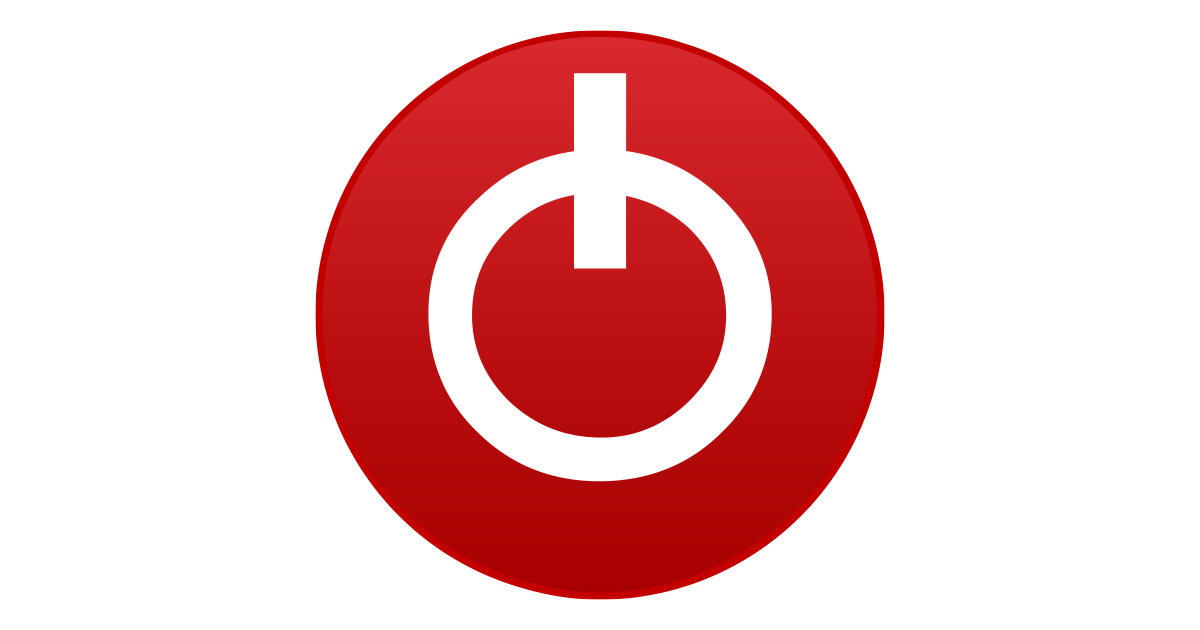- Joined
- Dec 25, 2020
- Messages
- 8,284 (5.23/day)
- Location
- São Paulo, Brazil
| Processor | 13th Gen Intel Core i9-13900KS |
|---|---|
| Motherboard | ASUS ROG Maximus Z790 Apex Encore |
| Cooling | Pichau Lunara ARGB 360 + Honeywell PTM7950 |
| Memory | 32 GB G.Skill Trident Z5 RGB @ 7600 MT/s |
| Video Card(s) | Palit GameRock GeForce RTX 5090 32 GB |
| Storage | 500 GB WD Black SN750 + 4x 300 GB WD VelociRaptor WD3000HLFS HDDs |
| Display(s) | 55-inch LG G3 OLED |
| Case | Cooler Master MasterFrame 700 benchtable |
| Power Supply | EVGA 1300 G2 1.3kW 80+ Gold |
| Mouse | Microsoft Classic IntelliMouse |
| Keyboard | IBM Model M type 1391405 |
| Software | Windows 10 Pro 22H2 |
NVMe all the way. SATA is an obsolete connector and is best used with slower devices (whose maximum speed are below 500 MB/s) such as mechanical HDDs.
Even the cheapest QLC drives will last for everyday workloads, and being NVMe they'll be innately faster and lower latency than SATA. No need to break the bank with newer Gen 4 or even the flagship Gen 5 NVMe drives, pick up a nice previous-generation high-end Gen 3 NVMe drive at a budget price and enjoy.
Even the cheapest QLC drives will last for everyday workloads, and being NVMe they'll be innately faster and lower latency than SATA. No need to break the bank with newer Gen 4 or even the flagship Gen 5 NVMe drives, pick up a nice previous-generation high-end Gen 3 NVMe drive at a budget price and enjoy.









